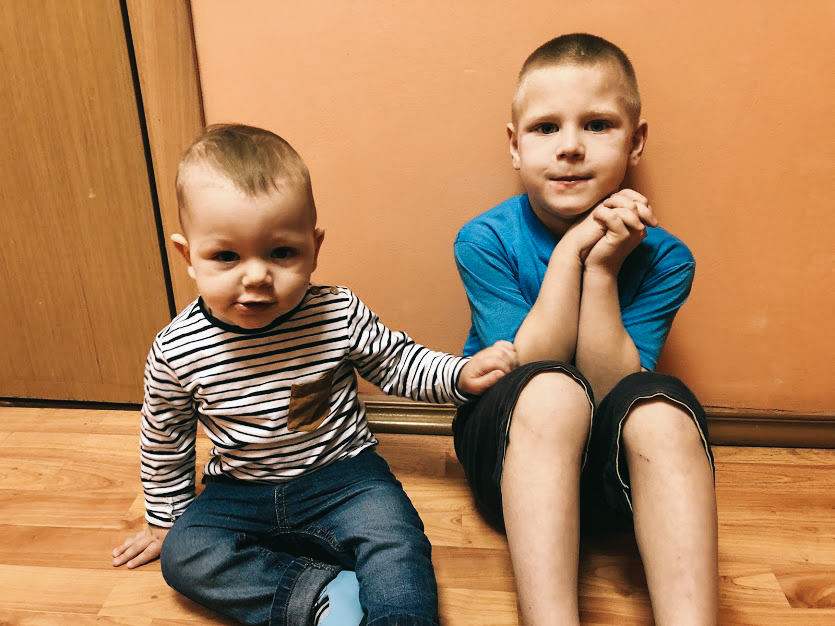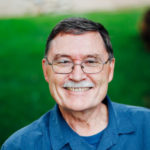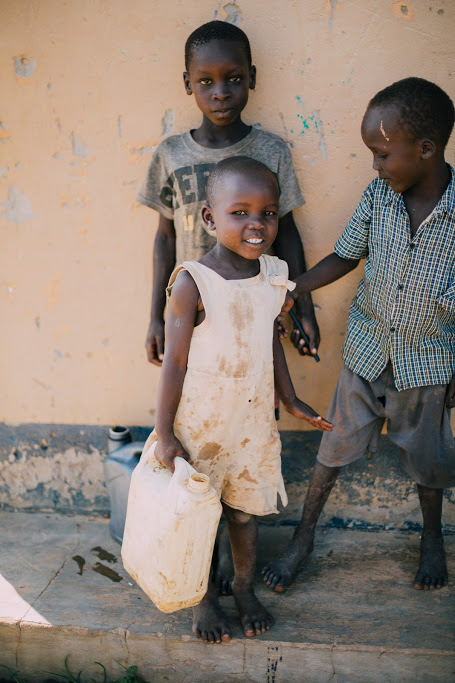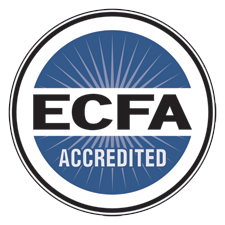When we hear the word “poverty,” it conjures up a variety of images in each of our minds. Although it is likely that these images will vary, by person, we all have a basic concept and image of what we believe poverty looks like and what poverty is…but what is poverty, actually?
 When did poverty begin?
When did poverty begin?
It might be useful to first ask the question of “When did poverty begin?” Most Christians agree on the two following observations:
1) There was no poverty in the Garden of Eden when God first placed Adam and Eve in the Garden at the time of creation.
2) After Adam and Eve sinned against God, poverty has been evident in the world throughout the rest of history.
So, it is likely that we can agree on the place and point in time where poverty began — in the Garden of Eden, with the Fall of humankind.
What is Poverty?
This takes us to the question of “What is poverty?” What is it that happened in the Garden that caused there to be poverty in the world? Similarly, what effects and outcomes were there that impacted Adam and Eve, making them to be “poor?”
With our modern world perspective and context, we might come up with any number of possible causes. Perhaps we can consider a few of them and evaluate whether they are valid:
Q1: Did Adam lose his wallet and, thus, become suddenly poor?
- No. Adam and Eve did not have a wallet – nor did they use money.
Q2: Maybe, they were now “poor” because they could no longer afford to buy food or clothing?
- No. They did not wear clothing. (Thus, no place to put a wallet!)
Truly, something far more impactful had occurred in the Garden than just losing their money.
Adam and Eve experienced poverty for one reason and one reason only…it was because their relationships, with God, with each other, and within all areas of their lives were now suddenly broken. As with Adam and Eve, we all feel this brokenness – brokenness in all of our relationships. This is what caused, and still causes, poverty. It was, and is, a brokenness that cannot be fixed with money or any other earthly resource. No amount of money can fix it, because it was not a loss of money or any other resources that caused it.
At its root, poverty is a spiritual issue, not a “lack-of-resources” issue.
Eventually, poverty works its way out into the material realm, and other areas, as well. However, no matter how much money we throw at the problem(s) of poverty, we cannot heal poverty with money or material resources. As we have noted, the actual cause of poverty had nothing to do with money or external resources.

Adjusting our Perspective/Paradigm
Let us use the imagery of a water pitcher. The purpose of the pitcher is to hold liquids, such as water. As long as the pitcher is not broken or cracked, it can function well. However, if that pitcher becomes broken, it can no longer function according to the original intention. Now, when resources are poured into it, they will leak out through the cracks – the places of brokenness.
This is similar to the impact of poverty in our lives. It is also the reason why just distributing material goods or wealth to those living in poverty will not provide any long-term change for them or their situation. The concept of “redistribution of wealth” (money or other resources) cannot eliminate the root cause of poverty. The impoverished are even more convinced that they will never get out of poverty, and the person who gave of their resources now has less resources to do anything and has diminished hope that anything can truly help those living in poverty.
So, what is the answer? We will continue next week with this important topic, as we look for answers that will bring lasting change.
Subscribe to HopeChest’s blog, here, so you don’t miss the next post!
______________________________________________________

As International Program Director, Tom splits his time between HopeChest Headquarters in Palmer Lake and CarePoints in Guatemala and Swaziland/Eswatini. He works to improve programs and strengthen relationships with CarePoints, both through his course “Transformation that is Holistic, Integrated, and Sustainable (THIS),” as well as through frequent communication with and travel to CarePoints. His favorite movie is “Shawshank Redemption.”
Read more posts by Tom! We invite you to learn about HopeChest’s “12 Areas of Transformation.”


 When did poverty begin?
When did poverty begin?


